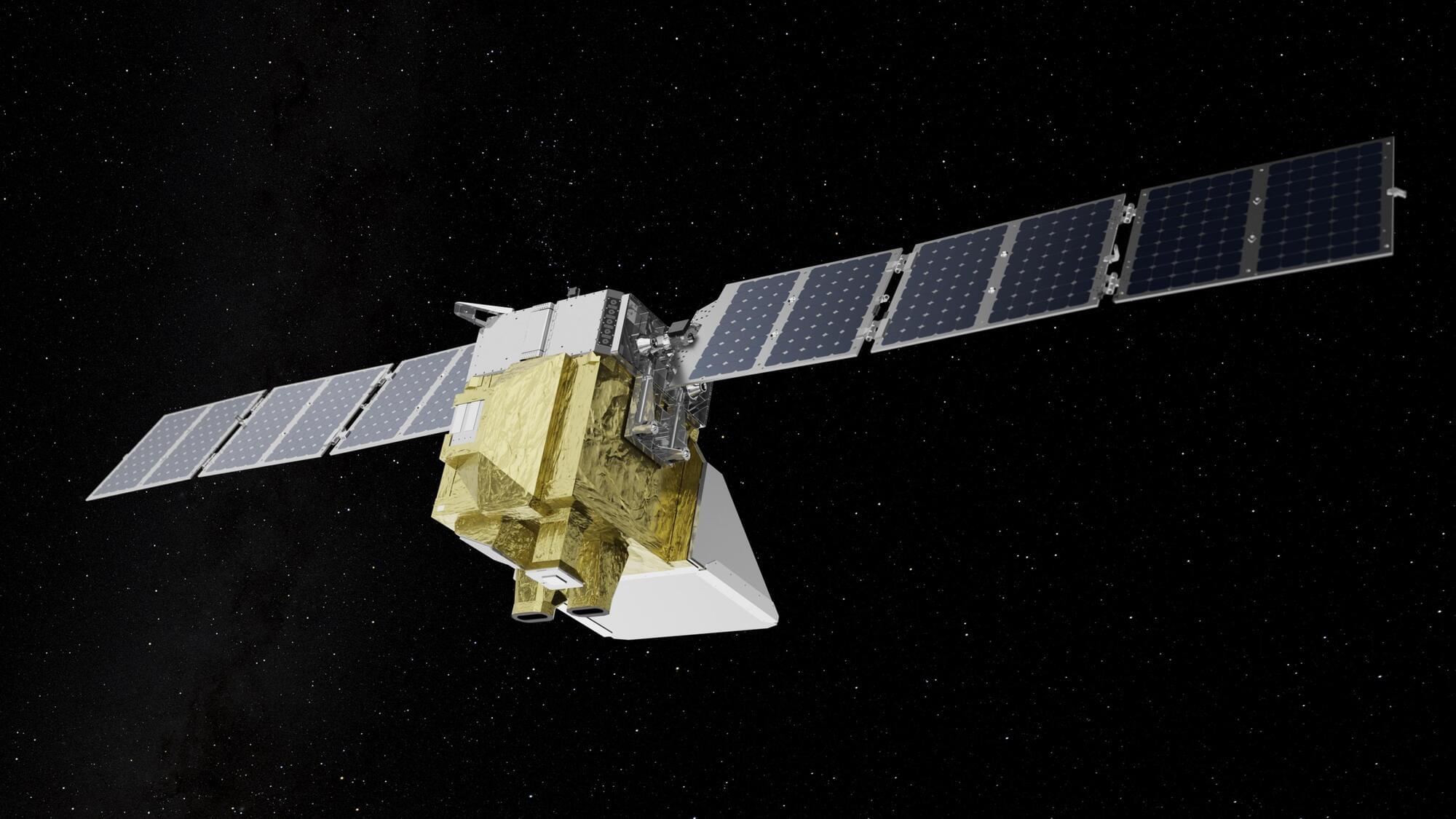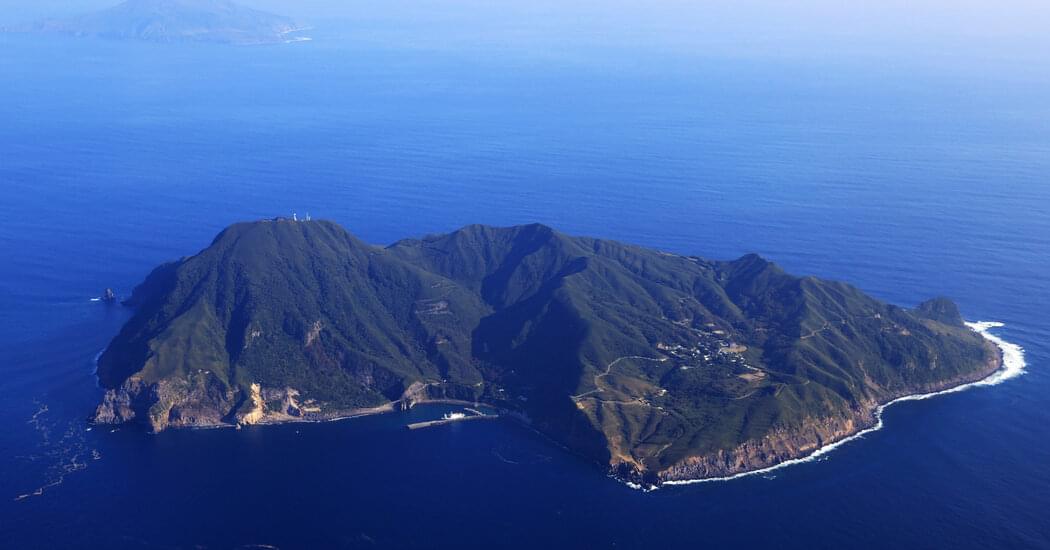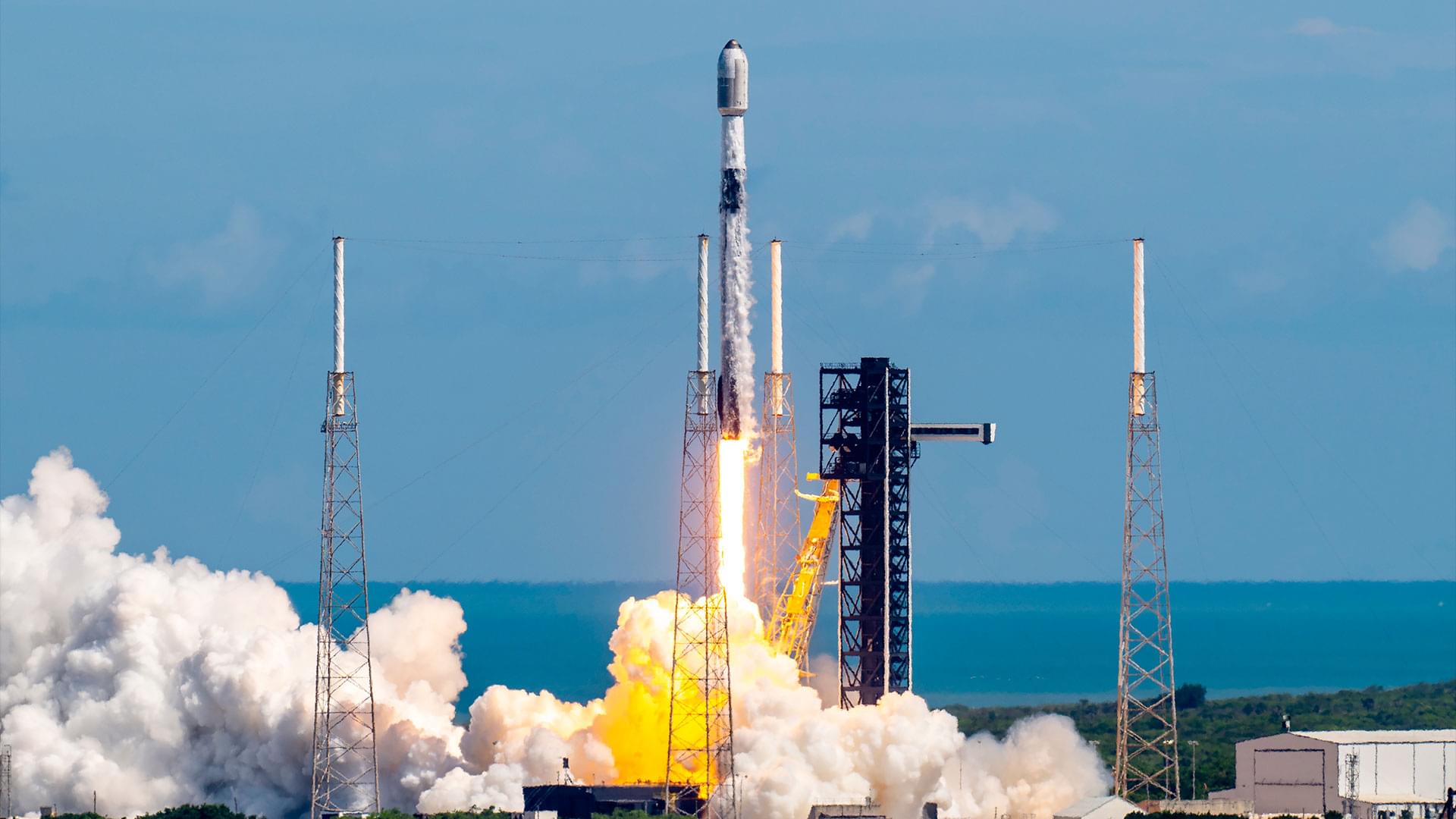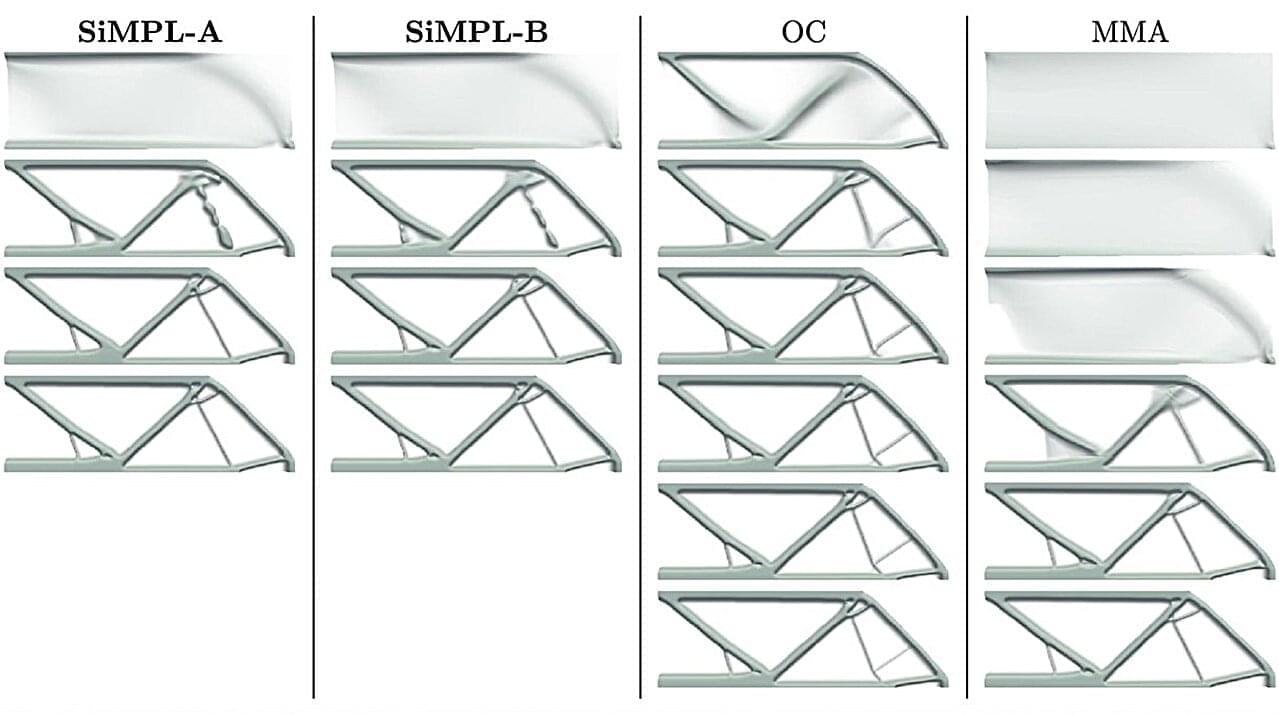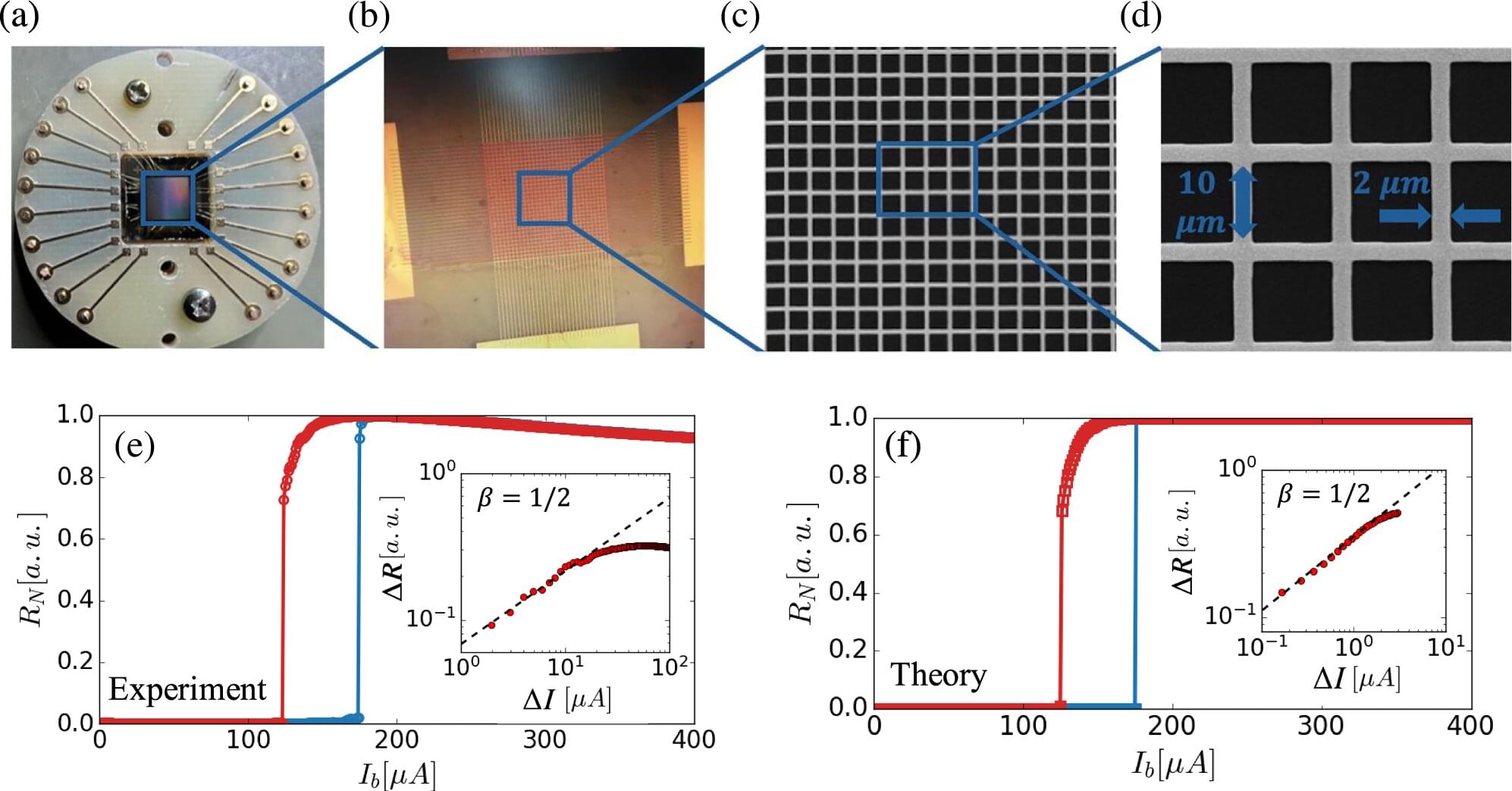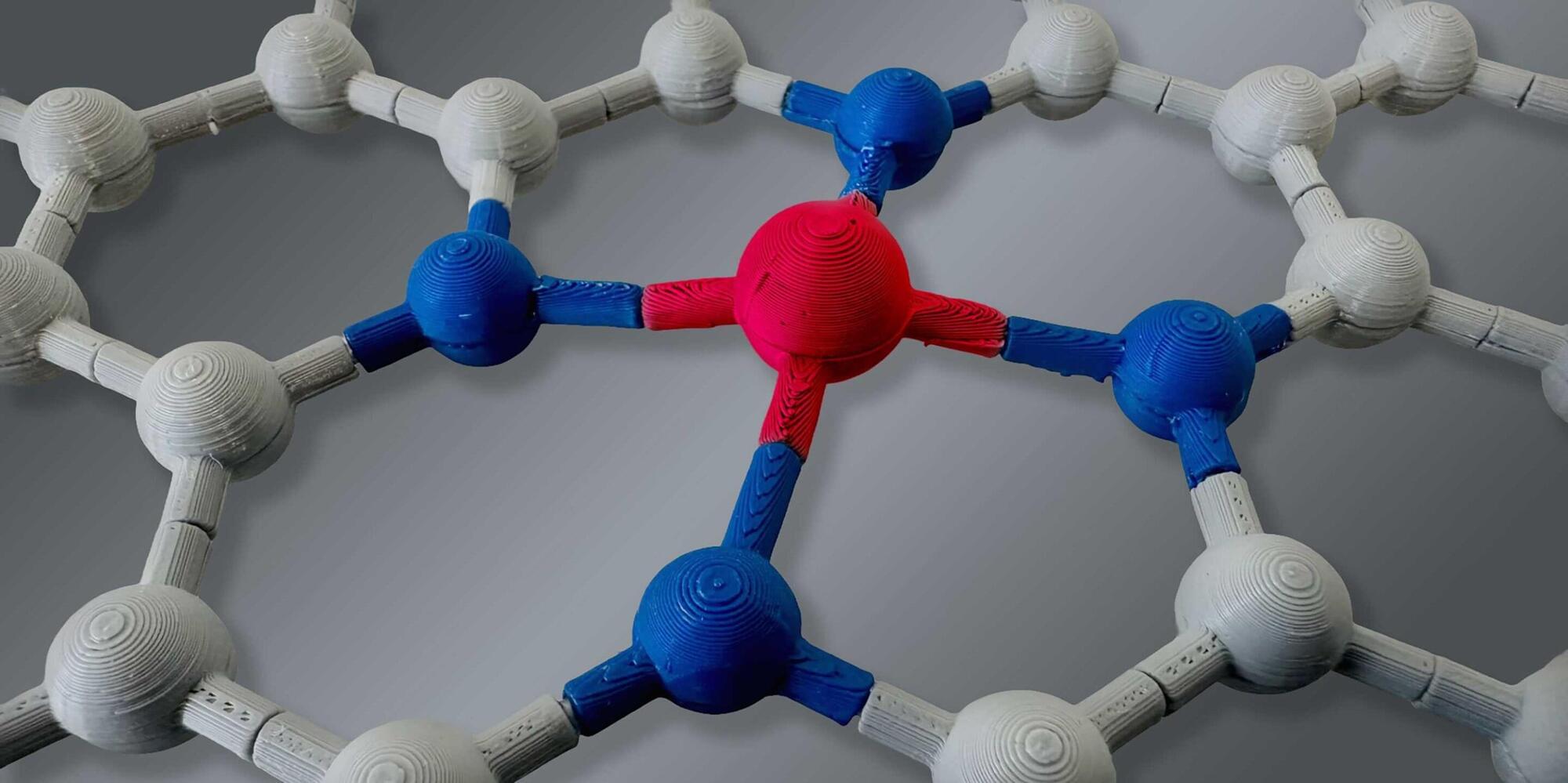MethaneSAT was designed as a sort of check against commercial climate measurements in order to help policymakers independently verify industry emissions reports. “MethaneSAT is specifically designed to catalyze methane reductions by creating unprecedented transparency,” the mission’s website states.
EDF lists 10 mission partners credited with bringing the $88 million satellite to fruition, including BAE Systems, Harvard University, the New Zealand Space Agency, Bezos Earth Fund, Google and more. Though MethaneSAT is now out of service, mission operators say they’re still committed to turning the data they were able to collect into actionable results.
“We will continue to process data that we have retrieved from the satellite and will be releasing additional scenes of global oil and gas production region-scale emissions over the coming months,” EDT officials said. “To solve the climate challenge requires bold action and risk-taking and this satellite was at the leading edge of science, technology and advocacy. ”
